Urine drug tests can give a general idea of drug use, but aren't perfect at showing exact amounts. Many recovery center programs rely on these tests to monitor progress and compliance. The test determines if drugs are present and provides an approximate level, but several factors influence the accuracy of the results. Factors such as your body's metabolism, the amount of water you drink, and the type of medication all play a role. This guide explains what factors affect urine test accuracy and why the results may vary from person to person.
Factors Affecting Drug Concentration in Urine
Several factors can influence the amount of a drug that appears in your urine, which in turn affects test accuracy. The pH level of your urine matters a lot in how fast drugs leave your body. Acidic urine helps remove certain drugs more quickly, while alkaline urine accelerates the removal of other types of drugs. How much you urinate also matters - if your urine is very diluted, drug levels appear lower. Your liver function and how quickly your body processes drugs can also affect the results. How much water you drink affects urine strength and drug levels. Knowing these factors helps understand why test results can vary.
Variability in Drug Metabolism Rates
People process drugs at different speeds, which can greatly change how much of a drug appears in urine tests.
- Genetics: Your genes determine how fast or slow your body breaks down drugs. Different people have different enzymes that process drugs, resulting in significantly different clearance rates.
- Age: As people age, their metabolism typically slows down. This means older people might show higher drug levels in their urine compared to younger people who took the same amount.
- Liver Function: Your liver does most of the work breaking down drugs. If your liver isn't working well because of disease or other problems, it can change how drugs show up in urine tests.
Influence of Hydration Levels
The amount of water you drink has a significant impact on the results of drug tests. When you drink plenty of water, your urine becomes diluted, which can make drug levels appear lower than they are. When you don't drink enough water, your urine becomes concentrated, making drugs easier to detect and levels appear higher. This change in urine strength because of hydration can make test results less accurate. When reviewing test results, it's essential to consider the person's hydration status. Maintaining steady hydration levels or accounting for water intake can make results more reliable.
Impact of Drug Half-Life
The duration a drug remains in your system affects how long it can be detected in urine tests. Half-life means the time it takes for half of the drug to leave your body. Here are three important points about how half-life affects urine testing:
- Longer-lasting drugs: Drugs that stay in your system longer will show up in urine tests for more days compared to drugs that leave quickly.
- Detection window: The duration for which a drug can be detected in urine depends on its half-life, with longer-lasting drugs being detectable for a longer period.
- Reading results: Knowing how long a drug typically stays in the system is important for understanding what test results mean.
Interpretation Challenges in Quantification
Figuring out exact drug amounts from urine tests is complicated and presents several challenges. When testing drug levels in urine, doctors must consider how fast each person's body processes drugs, how different drugs interact, and how quickly people eliminate drugs. Testing methods compare the amount of a drug found to set limits. However, factors such as hydration levels, kidney function, and urine pH can impact the accuracy of these measurements. The timing between when someone takes a drug and when they're tested also matters, since different drugs can be detected for different lengths of time. To interpret these results accurately, it is essential to understand how drugs interact with the body and take into account individual variations.
Other Related Posts:


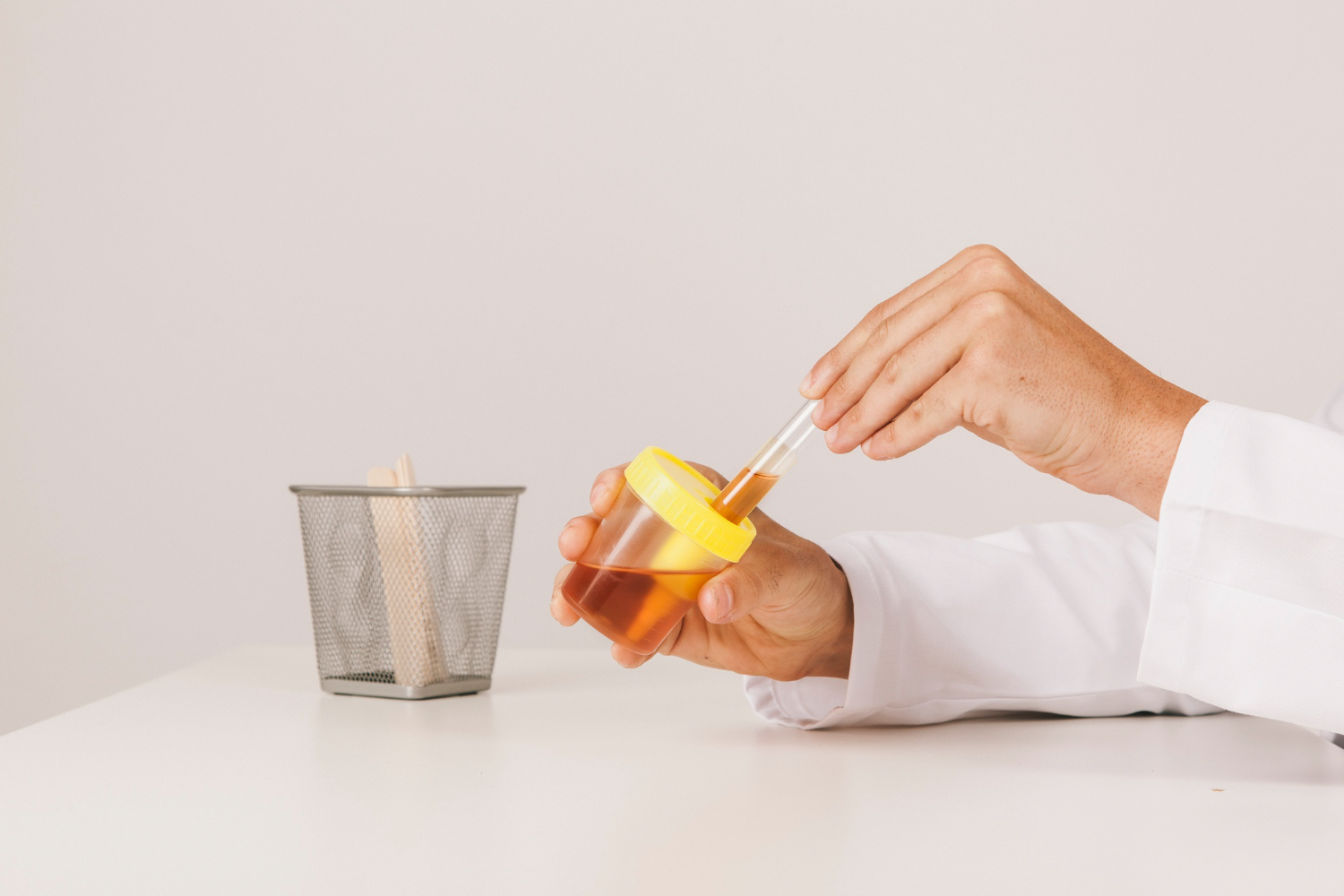
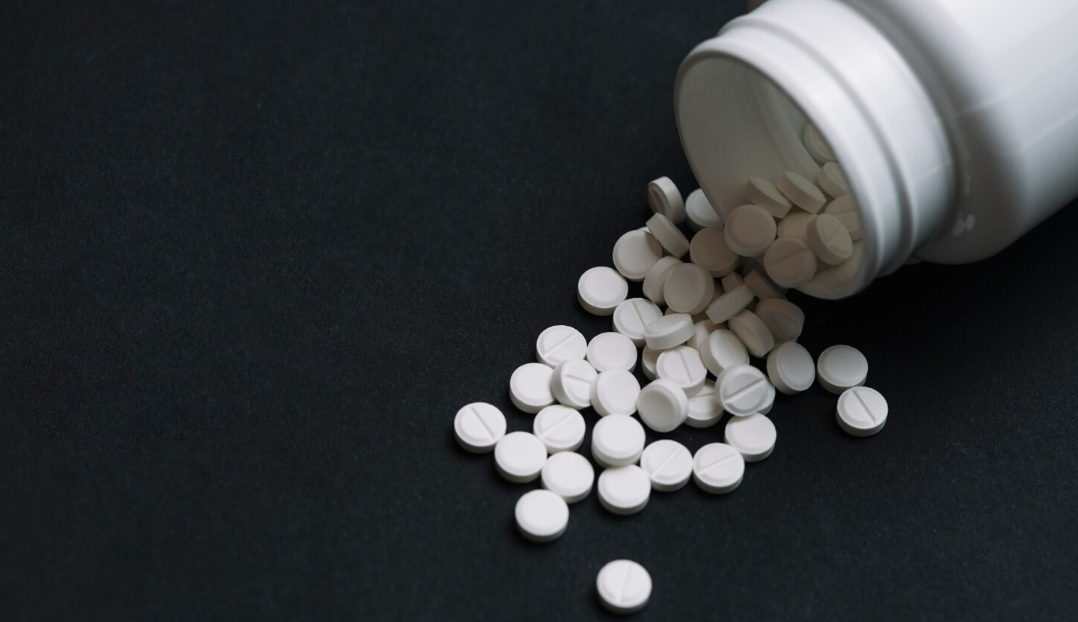

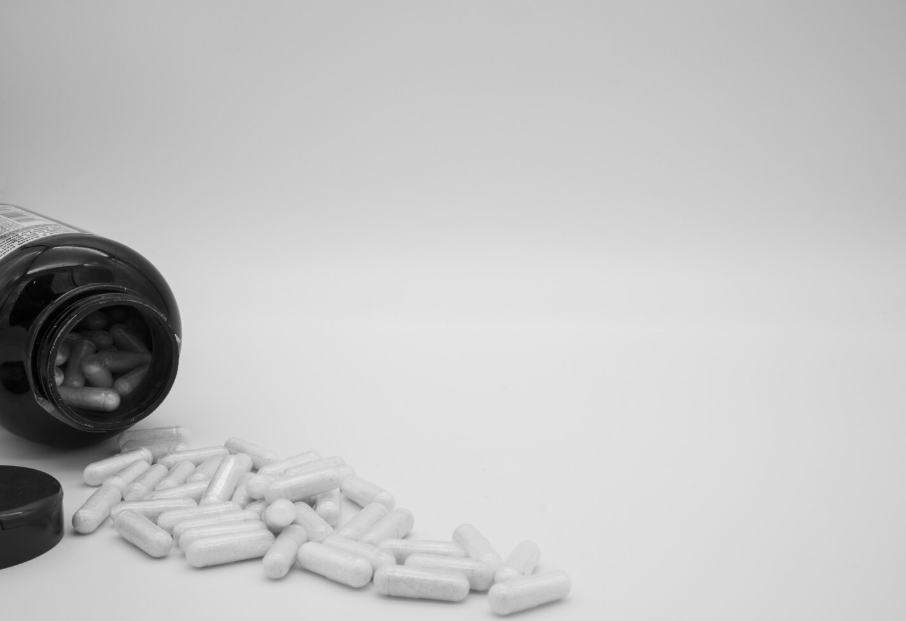
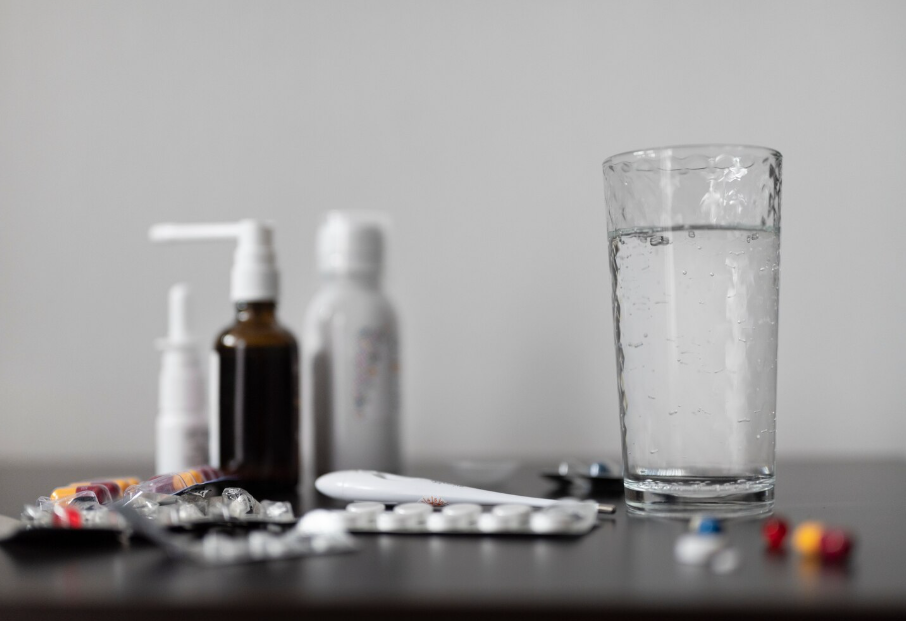
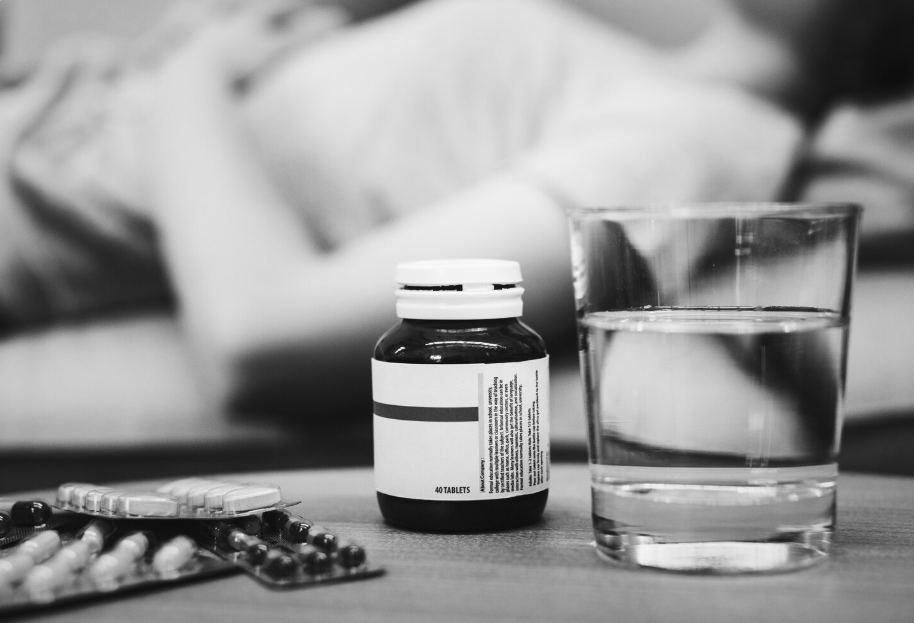
.png)
.png)
.png)
.png)